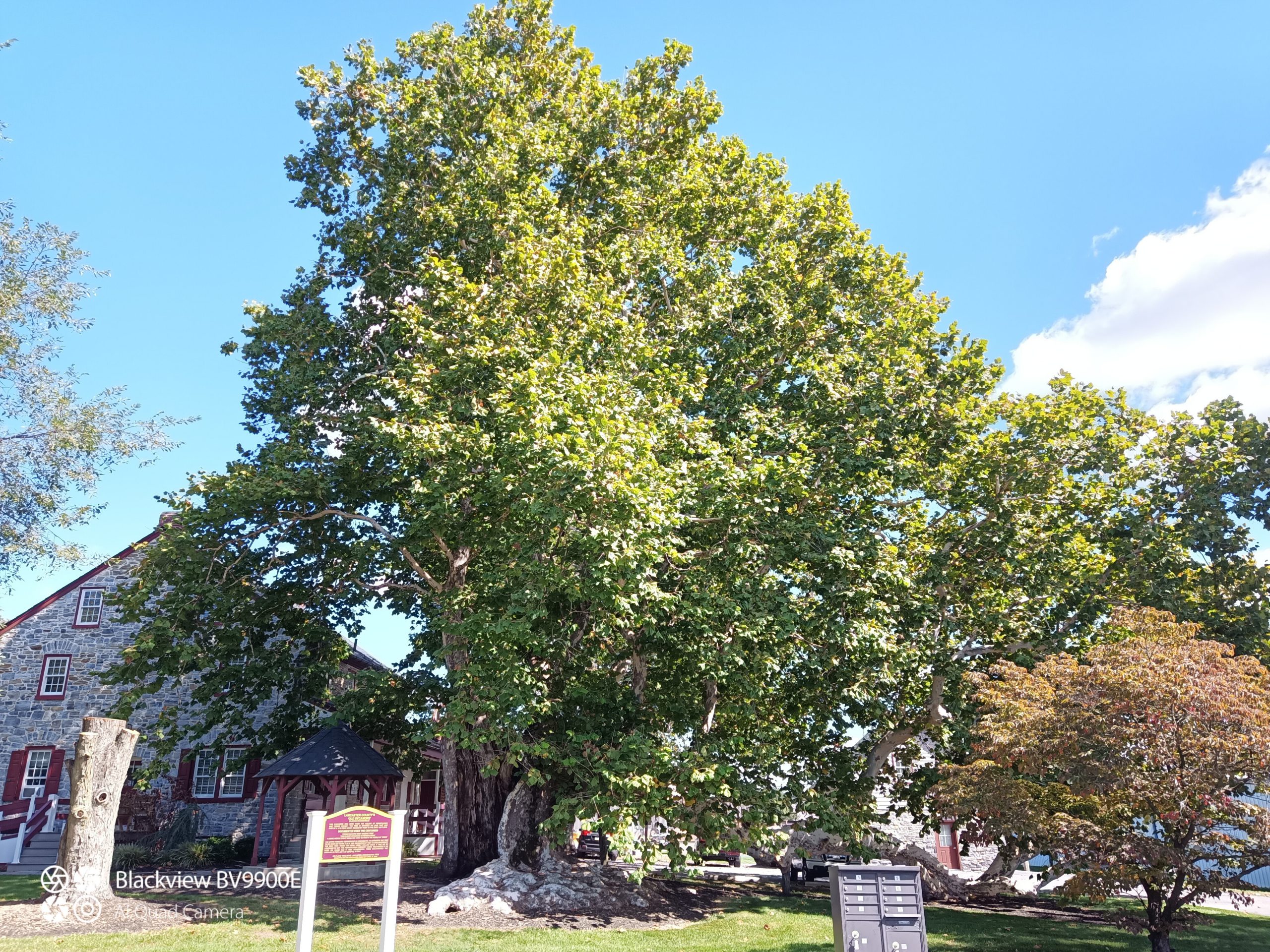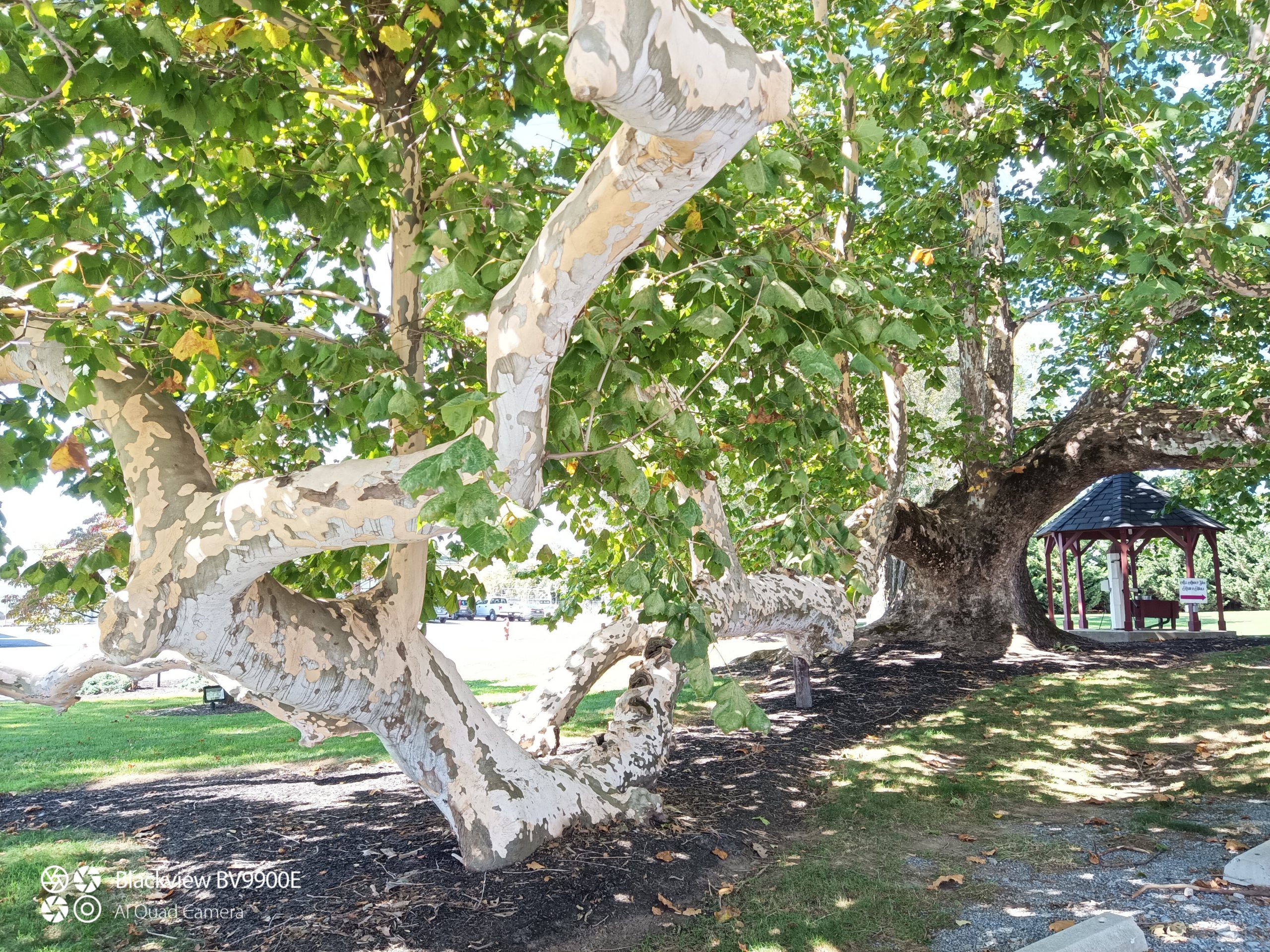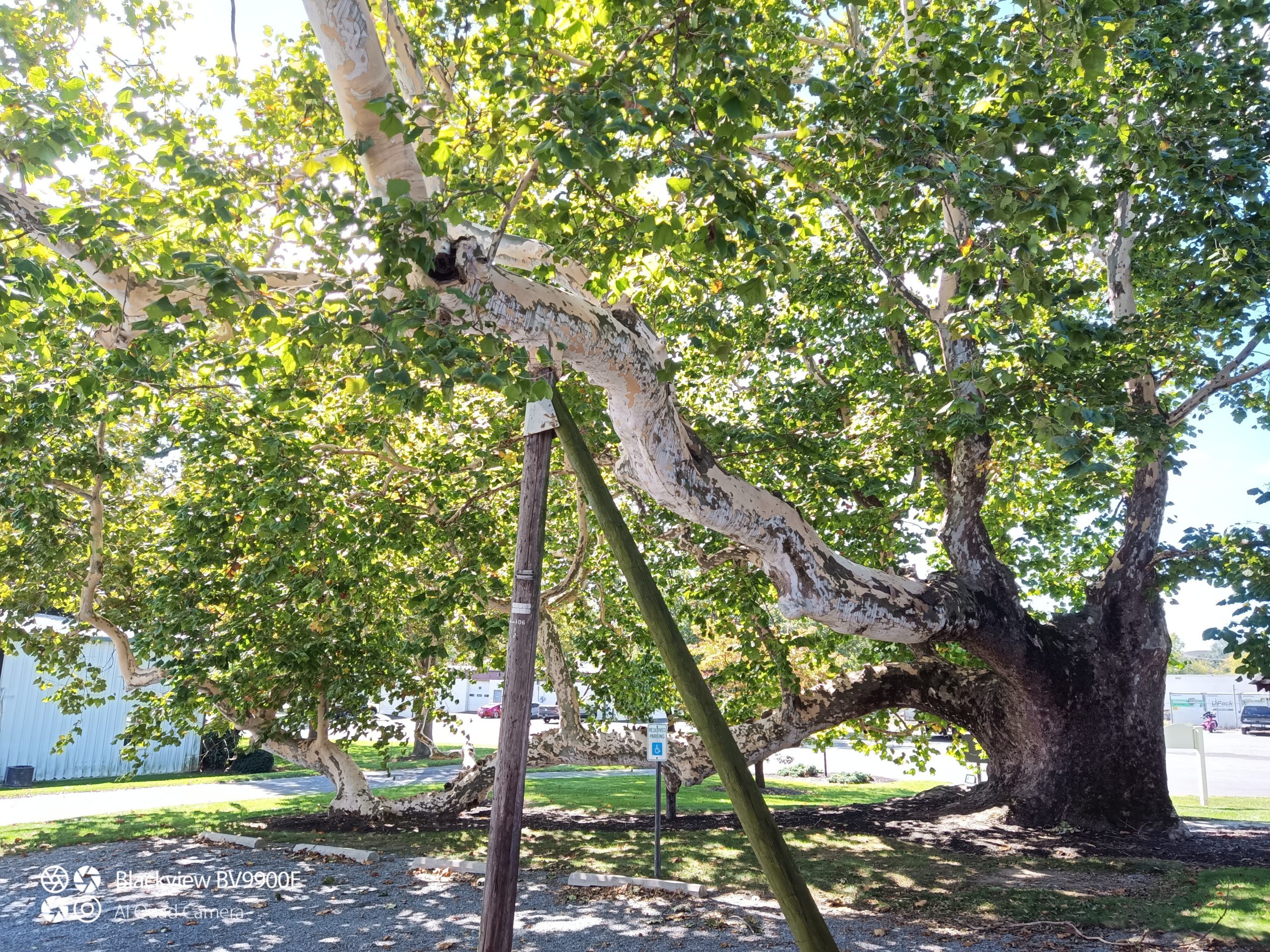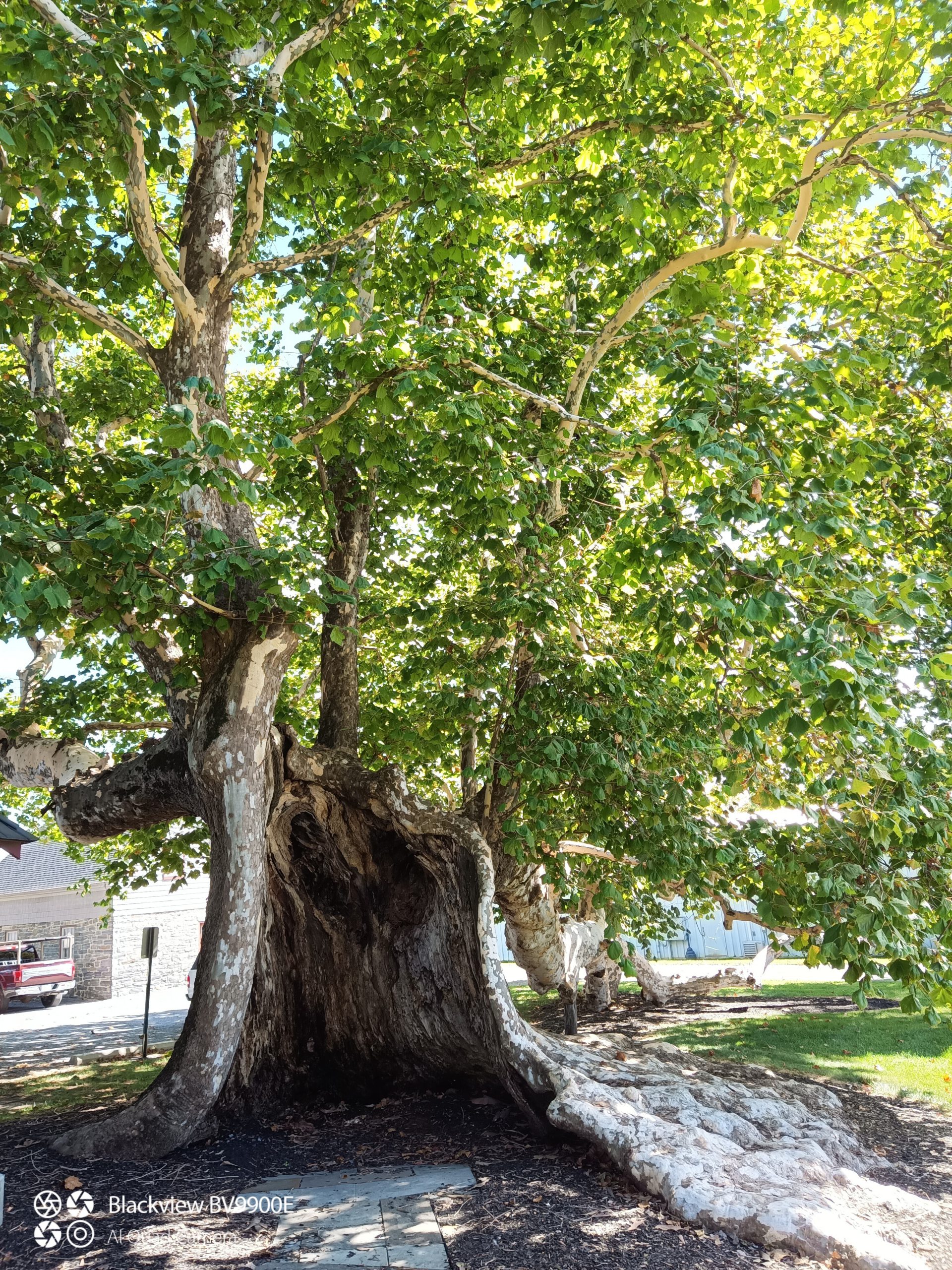- Plant Soil Heath
- 717-299-2112
- info@organicapproach.com
- Organic Approach Website
A Bundle of Sticks
Cicada mania in Pennsylvania
July 19, 2021The Practitioner’s Paradox, the Curse of Perspective, and the Future of Urban Forestry…
I am blessed that the nature of my work and play has most of my time occupied by the outdoors. I get my blue light from the sun instead of my phone and computer screens except for when I finally motivate myself to sit down and write another blog. Although my feet are firmly planted on the earth, my head is perpetually stuck high up in the canopy, and deep under the river. My perception of time has shifted by working with trees, and I feel that my line of clear sight stretches further behind and before me than ever before. Maybe I am delusional and need to be institutionalized, but for now we will operate under the assumption that I am fairly normal. This is another opinion piece (surprise), so if you are incapable of reading ahead with an open mind, you should quite literally take a hike- it could be good for you.

My new friends Mike and Don allowed me to take some photos of this beautiful old Sycamore This beast is right around the corner from where I grew up, and I have revisited the site many times throughout my life for inspiration. At over 300 years old and 27ft diameter breast height, this Sycamore is a living visual representation of what nature is capable of, right in my community…
I have been learning that the general tendency of many service practitioners (myself included), in the green industry is to take a corrective approach- to attempt to arrest the development of emerging or present challenges by isolating a single variable and treating it, whether that may be a pathogen, pest, you name it. This is not everybody- there certainly are some free thinkers, but there isn’t much money in that, so the majority of the industry could be packed up to fit inside this little box.
Now this corrective approach is not a total waste; we make great strides with new materials and methods all the time to save, protect and cultivate individual trees, fields, crops, gardens and lawns, and the whole while we learn. However, I am always left wanting for more with my work, wondering when I’m going to make a greater difference and how; maybe a positive impact on a larger scale than a local backyard. I intend to provide some context and imagery to substantiate these concepts with some really basic discoveries that I’ve made about trees and their challenges, because in order to see forward we have to be able to look back, and nothing provides us with a better record of history- and projection of the future- than those organisms that live longer lives and weather more storms than we do…
<>
Forgive me for again highlighting Bacterial Leaf Scorch, but this disease is the greatest near and present danger that I deal with in my local area lately, and I’ve been engaged in a moral quandary with this disease and it’s treatment for some time now. For me to treat a single Oak tree infected with bacterial leaf scorch for one season, I recommend a treatment protocol consisting of at least four different applications throughout the year (read more on BLS and treatment protocols here). That work ends up being a bare minimum $750-1,000 cumulative cost directly to the homeowner for one year, which can climb quickly if you have larger or multiple trees, and I recommend this program for at least three consecutive seasons or until the tree looks like it is turning around.
I’m not being dramatic here, the cost of treating a tree in such a way can be on par with or greater than the cost of it’s removal, and there’s no guarantee that I will be successful with my treatments- I am human after all. But even beyond the cost of treatment or removal, think about how many new trees could be planted with that budget! I can count the number of BLS patient trees I treat on my fingers and toes, but even if I were treating a hundred or more, I’d be barely scratching the surface. I make slow progress treating individual trees, while neighboring trees continue to burn around my ears. I am not exaggerating when I say I can be standing at the base of one tree, giving it intravenous antibiotics, look up, and see half a dozen more trees turning to firewood on adjacent properties. That’s depressing, because I obviously can’t treat them all…
This is merely an example of opportunity cost. Is the time and labor of the experts in my particular field tied up treating trees that are destined to die? Could the cumulative experience and knowledge of the experts in the field be better applied to sustainable shifts in the industry? Are these general statements and questions applicable to other industries? You decide- this is an ongoing conversation, and an isolated example that certainly may not apply across the board.
<>
Here is where I need to highlight the blatantly obvious difference between the individual and the community, their needs, and what it means for the planet as a whole. This is also where some of you may disagree with what I have to say, because the biggest pills are the easiest to choke on. Although I think I have a shot at saving a single Red oak tree with BLS, I cannot save “the oaks”. Nobody can but mother nature herself. From the beginning, it was already too late. For examples of similar phenomena, look to history.
It seems the east coast has lost an alarming quantity of its valuable hardwood trees over the last century. Chestnut blight wiped out America’s favorite food tree in the early 1900s. Dutch Elm Disease swept through and took the beautiful street trees beginning around the second World War. In the 80’s, we saw the Emerald Ash Borer, Hemlock Woolly Adelgid, and the onset of Bacterial Leaf Scorch. The more recent battles are still being hard fought today (*ahem* dragged out). Many such trees that you see on your neighborhood walks may very well be on life support supplied by your friendly local plant health care technician, while many more go unnoticed and fall in the forest before their time. Hemlocks and brook trout go hand in hand- they’ve been migrating across the earth together since before the last ice age. In just the last decade in my neck of the woods, I’ve seen the decline of both.
These macro-trends are illuminating when you take the time to look. The big picture is that each one of these individual isolated mortality events is merely a symptom of the real disease, which is the chronic systemic mismanagement of our natural resources- the basic ones first, like soil, water, and air. You can blame climate change, salt based fertilizers, vehicle emissions, herbicides, politicians, whatever you want, but the common denominator is the human touch. If the habitat that we provided for these trees weren’t so damn human, they’d have a much better chance at conquering stress without our help when it came knocking. We are quite literally creating our own problems, and then creating more problems by trying to solve the original ones.
The oldest known tree on earth was mistakenly cut down by a forrester (see Prometheus). The majority of the great pacific redwood forests were cut down by big timber. We live in an age where trees are planted to die, and the greatest depletion of soils is caused by agriculture. Maybe nature was better off when we left well enough alone… but we can’t simply do nothing. Our oxygen pumps are going extinct, but our society is far too entrenched in our reliance on these systems to do a true about-face with our habits and impact. When properly focused I believe the collective human consciousness can harness the energy of a thousand suns- but where do we focus such energy, and how do we apply it?

Increased bark shed around the County this year has been a sign of a good growing season for Sycamore.

We can all use a little support sometimes…
We need to challenge and begin to change the way that we approach resource management. We need to make nature our ally rather than our opponent. It is our responsibility as individuals to make changes within our own sphere of influence- don’t rely on an institution or the government to solve these problems for you and the rest of the world. We need to push our chips in with nature and help her do what she is already capable of, rather than riding in to intervene and “save the day” on our snorting ego stallion. Rather than focusing on correcting specific issues in individuals and isolated populations, we should redirect our efforts to remediation and rebuilding for the future. Reintroduce carbon, feed the microbiology in the soil, fix the broken cycles, reduce your impact. Inhibit the genesis of disease and stress by promoting what is good. Get the younger generation involved, sow seeds and ideas, and plant trees.
Learn from the past, but don’t be a historian when planting- plant as an architect of the future. If you plant a Red Oak to replace a Red Oak in my county, it’s likely to die of the same thing that killed its predecessor. If you plant a Redwood to replace the Red Oak, you may be facilitating the next great migration. At the end of the season, we need to all be on the same page on this one. Like a bundle of sticks, stronger together.

Nature finds a way.
If you are still confused, go read a book. I strongly suggest you pick up a copy of The Overstory by Richard Powers, but don’t buy it through Amazon. Contrary to popular belief, the Amazon is- (kinda was) a rainforest, full of biodiversity and life; not a giant over-ripe e-commerce retail thug. Consumerism is the antithesis of sustainability, you cannot have your cake and eat it too with that one, unless you’re buying from Organic Approach.
